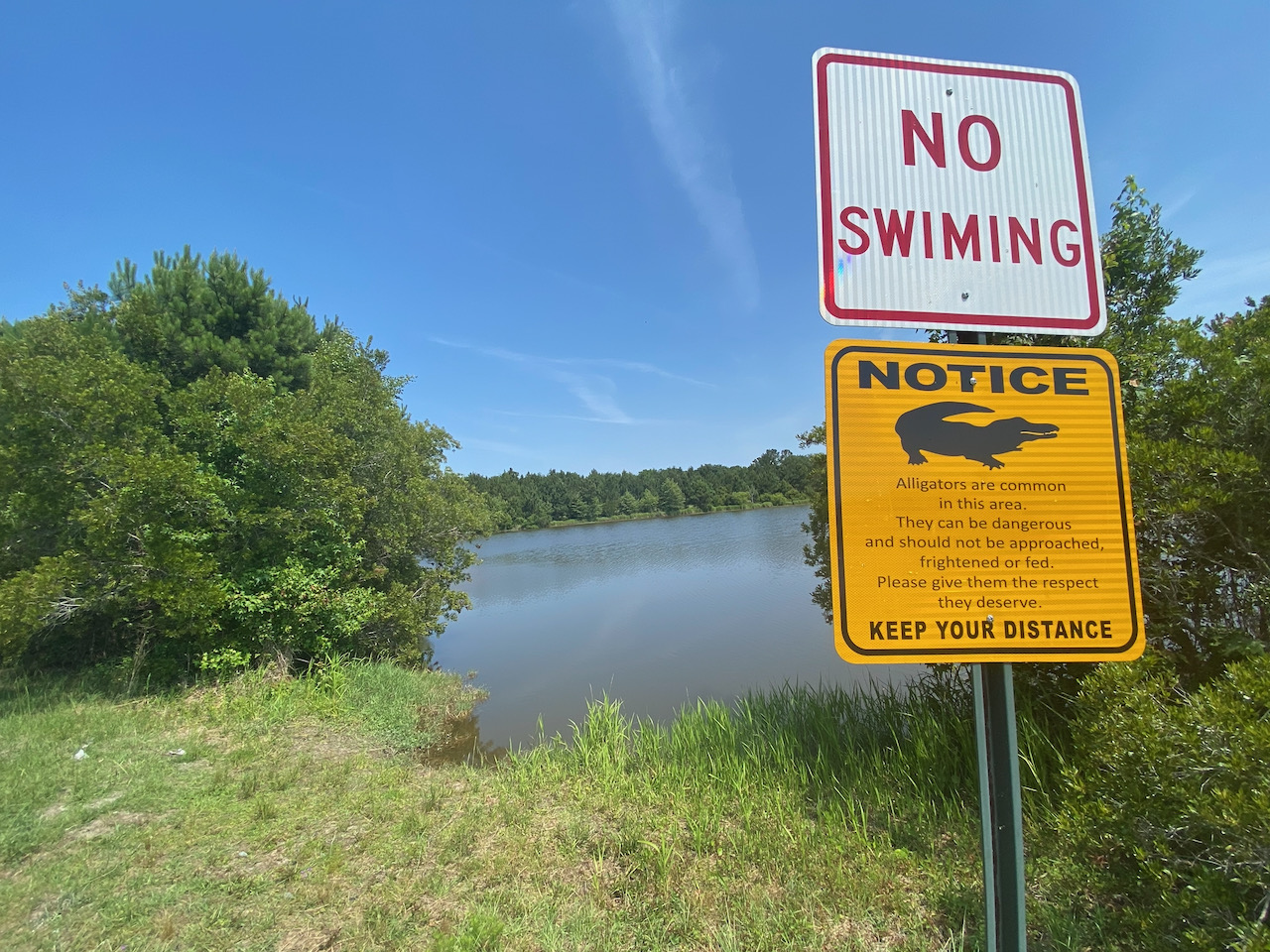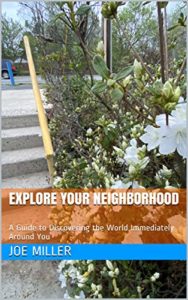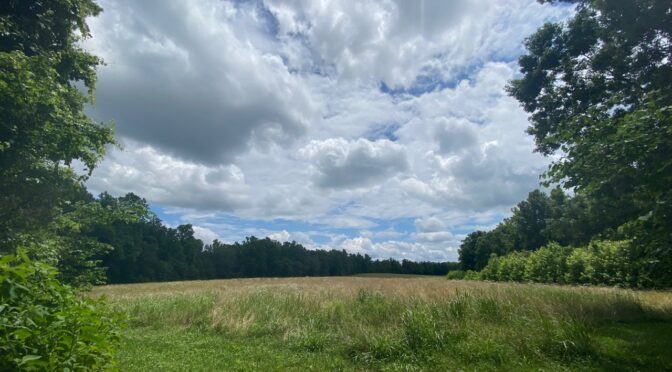About 12 percent of the United States is protected as natural area. That’s roughly 456,000 square miles of the nation’s total land mass of about 3.8 million square miles.
Now, when most of us think of land set aside to protect nature, at least here in the Southeast, we think of National Parks, we think of National Forests, we think of State Parks. Yet nationwide those three entities only account for about 10 percent of total protected land. What about those remaining 3.3 million square miles?

Out West in particular, the Bureau of Land Management oversees a big chunk of (somewhat) protected lands. But a lot of the remaining land, especially in our region, can be found in smaller — much smaller — nature preserves. Some, especially those protected by The Nature Conservancy, you may be familiar with. For instance, the Nags Head Woods Ecological Preserve on North Carolina’s Outer Banks. Or their Brush Creek Preserve in West Virginia, or Virginia’s Fortunes Cove Preserve, or Stumphouse Mountain in South Carolina. You might even be familiar with some of the lesser-known local preserves. Charlotte/Mecklenburg Parks has 16 nature preserves; locals are likely familiar with the McDowell and Reedy Creek preserves, perhaps not so much with the likes of Ribbonwalk or Clarks Creek. Still, with a bigger municipality such as Charlotte, they have a decent online presence — at least enough to identify the trailhead, with a modest description of what the preserve is like — whether it has actual trails.
And then there are the countless number of nature preserves, generally even smaller, that exist in virtual anonymity. They may have come about through a land donation, or via federal funds to protect water resources. Beyond that, there may not have been much budget for development or promotion. In some cases, they appear as little more than splotches of green on Google Maps, splotches identified with a name and little more. Splotches that beg to be explored.
Last year, at the beginning of the pandemic, I wrote a book called “Explore Your Neighborhood: A Guide to Discovering the World Around You.” It’s a small book, with tips on how to find adventure — real adventure — out your front door. I used its approach when I found myself in Savannah, Georgia, a couple weeks back with a day to kill, but no car to kill it with. On Google Maps, I located my hotel, then started looking for splotches of green. I found one, a mile and a half walk from my hotel, a walk mostly on sidewalk and bike path. My only clues: a name — the Al Bungard Conservation Area; an apparent entrance road; and four ponds within. When I Googled Al Bungard I learned only that it was one of four preserves in Chatham County, Georgia. That was it.
But the promise of adventure a 30-minute walk away was all I needed. I buttoned up my hotel room and started to walk.
A Bungard proved quite a find. For starters, you shouldn’t judge a preserve by its apparent size. (What that size is I can’t say because it doesn’t appear to be published: maybe a hundred acres? Maybe less?). And true adventure needn’t be an all-day affair. I spent maybe an hour and a half there during which, among other things, I had a stare down with a couple of alligators maybe 30 feet off shore. And all this within walking distance of Savannah’s airport hotel alley off I-95.
This adventure is the focus of this week’s GetHiking! Southeast Podcast. Learn more about this adventure, about how to find a similar adventure on your travels (I didn’t have a car and didn’t need one), and about who won the stare down, by giving a listen here.
Finding little-known adventures

You start with Google Maps, then incorporate the sleuthing skills described in “Explore Your Neighborhood: A Guide to Discovering the World Around You.” Learn more about the book, which offers quick-hit tips on finding great escapes right out your front door, here.
